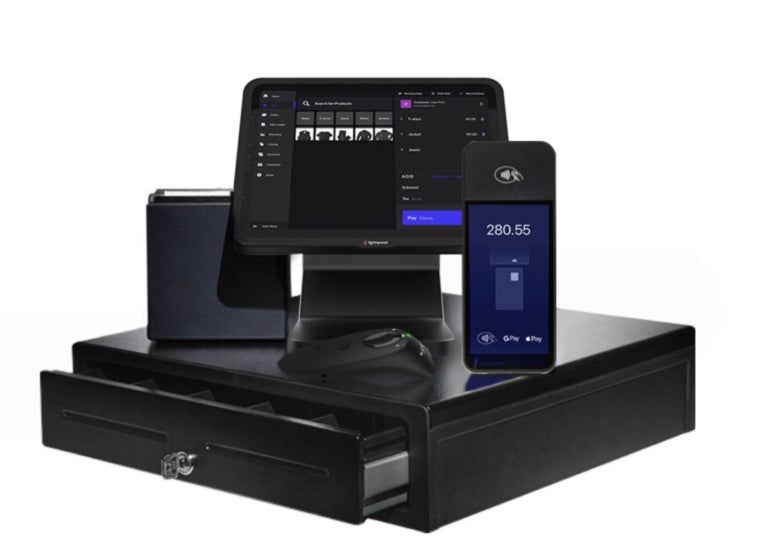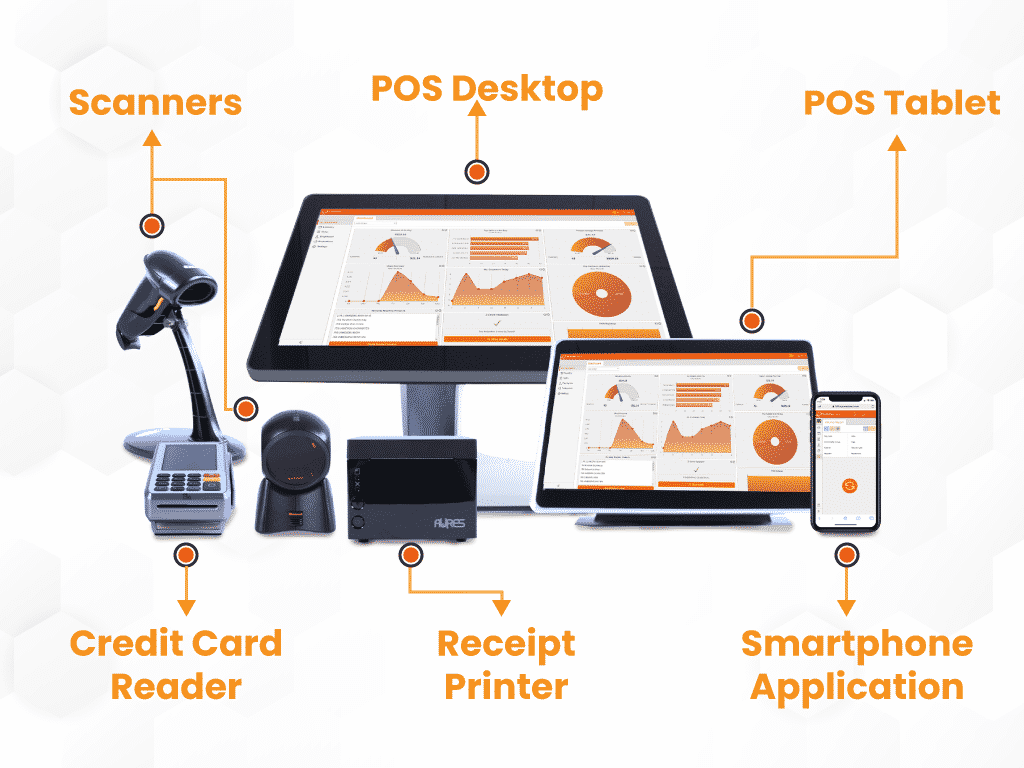How Restaurant POS Software integration with customer databases boosts personalization
Wiki Article
Just How POS System Works: A Comprehensive Guide for Entrepreneur

Comprehending the Elements of a POS System

Exactly How Sales Purchases Are Refined
When a consumer makes a decision to buy, the sales transaction initiates a series of organized steps within the POS system. First, the cashier inputs the items being acquired, which are checked via a barcode reader or by hand entered. This action gets item details, including rates and appropriate tax obligations, from the system's database.Next, the client is offered with the overall amount due. The POS system after that processes the payment, whether through cash money, bank card, or mobile payment approaches (Restaurant POS Software). For digital payments, the POS safely communicates with settlement cpus to license and verify the transaction.Once the settlement is validated, the system produces an invoice, which can be printed or sent out electronically. This receipt offers as receipt for the client. Finally, the purchase information is recorded in the system, making certain exact sales documents and monetary tracking for the organizationSupply Management and Monitoring

Reliable stock monitoring and monitoring are necessary elements of a POS system, as they assure that companies keep excellent supply levels and decrease discrepancies. A robust POS system enables real-time inventory updates, showing returns and sales instantaneously. This allows entrepreneur to keep an eye on stock levels properly, making certain that prominent products are conveniently offered while preventing overstocking of much less preferred products.Additionally, advanced POS systems provide functions such as computerized stock signals and reorder ideas, enhancing the procurement procedure. Barcoding and RFID technology boost precision in tracking inventory activity, reducing human error. Extensive reporting tools provide insights right into inventory turn over rates, assisting services make notified decisions about buying and item offerings. Inevitably, reliable supply management with a POS system not only enhances operational efficiency but also boosts client fulfillment by guaranteeing product availability.
Evaluating Customer Data and Insights
Customer information evaluation serves as a powerful tool for businesses utilizing a POS system (Restaurant POS Software). By checking out and accumulating deal data, businesses can uncover beneficial understandings about consumer habits and preferences. This evaluation enables them to identify buying fads, peak purchasing times, and prominent items, consequently informing inventory choices and marketing strategies.Additionally, companies can sector their consumer base, enabling customized marketing initiatives that cater to details demographics or purchasing routines. Recognizing customer loyalty patterns also aids in read more developing targeted rewards and promos programs.The data gleaned from a POS system can likewise expose insights into client feedback, allowing companies to make informed choices relating to item offerings and service renovations. Ultimately, leveraging customer information efficiently can boost the total shopping experience, foster client complete satisfaction, and drive earnings growth
Benefits of Carrying Out a POS System

Often Asked Questions
What Types of Organizations Can Profit From a POS System?
Numerous services gain from a POS system, consisting of stores, dining establishments, beauty parlors, and ecommerce systems. These systems simplify transactions, inventory monitoring, and client data, improving functional performance and boosting consumer experience across varied industries.How Much Does a POS System Commonly Price?
The expense of a POS system normally varies from a few hundred to numerous thousand dollars, depending upon functions, equipment, and software application. Services have to take into consideration ongoing fees for deal, maintenance, and support processing when budgeting.
Can I Integrate a POS System With Existing Software?
Incorporating a POS system with existing software application is typically feasible. Lots of systems provide APIs or built-in compatibility features, permitting services to improve procedures and boost capability by connecting different software program applications efficiently.
What Training Is Needed for Staff to Utilize a POS System?
Educating for team to use a POS system commonly consists of understanding software performances, processing deals, taking care of stock, and dealing with consumer interactions. Practical demos website and hands-on practice improve proficiency and confidence being used the system successfully.What Happens if the Internet Decreases While Utilizing a POS System?
If the Restaurant POS Software web decreases during POS system use, purchases might be disrupted. Numerous systems supply offline abilities, permitting standard procedures to proceed, however complete performance, consisting of real-time inventory updates, will be limited. A Point of Sale (POS) system is composed of several vital components that work with each other to facilitate transactions and manage business procedures. Reliable inventory administration and tracking are vital elements of a POS system, as they assure that companies keep ideal stock levels and minimize disparities. Client data evaluation serves as a powerful tool for businesses utilizing a POS system. Recognizing client loyalty patterns likewise helps in creating targeted promos and benefits programs.The data amassed from a POS system can also reveal understandings into consumer comments, allowing services to make educated decisions regarding item offerings and solution renovations. Carrying out a POS system uses many advantages that can substantially boost service operations.Report this wiki page